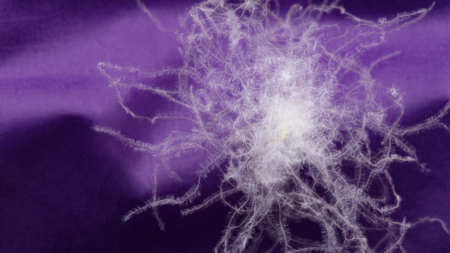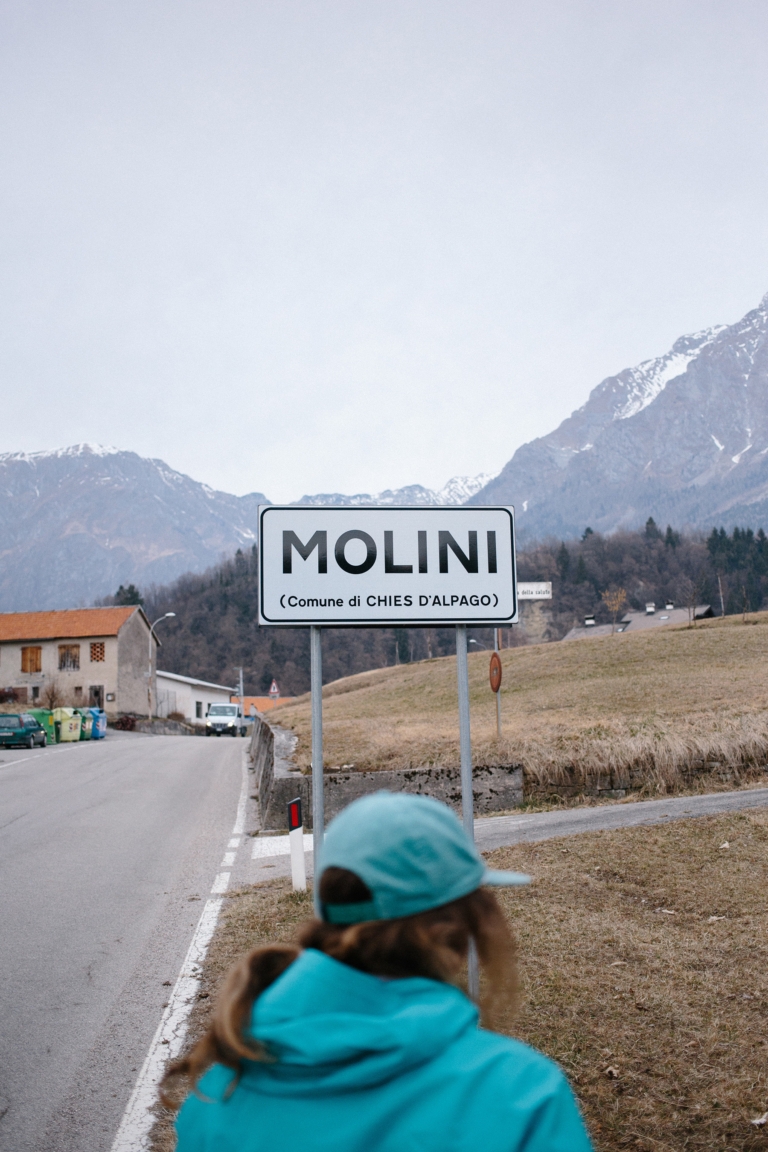Down
Eighty percent of the down we're using this season is recycled. The new down is Advanced GTDS Certified.
Down isn’t exactly a feather in the pick-one-up-and-stick-it-in-your-hat sense. There are actually several major feather types, down being the ones we know from our jackets, and outer contour feathers being the ones that usually come to mind when we say “feather.” Protective contour feathers have quills, repel water and help birds fly. Down is found beneath these outer feathers, usually on the bird’s belly, and is a light, fluffy insulator. Instead of having quills, down takes the form of a cluster with a round plume at its center and thousands of tiny fibers radiating outward. This soft and airy cluster arrangement traps air, which helps to insulate birds (and us) against heat loss.
Humans have been using eagle, geese and duck down—as well as down from other bipedal, warm-blooded, oviparous vertebrates—to stuff bedding and clothing for many generations. Vikings loved down for cushioning themselves at night. Down was sometimes used to pay taxes in the Middle Ages. Russian traders were sending it to the Dutch as early as the 16th century. And in Iceland, eider duck nests have been protected from predators for centuries by round-the-clock guards so that shed down can be gathered and used. It’s said Icelanders are especially skilled in caring for their eider, having been described as feeling a “mystical” relationship with the creatures. Down has played a spiritual role on the North American continent, too. Both the Zuni people of New Mexico and the Hopi Tribe use prayer sticks covered in eagle down; it is said that the Hopi people once used it to calm rattlesnakes they captured for their ceremonial snake dances.
In the 1930s, Eddie Bauer almost died of hypothermia wearing a rain-soaked wool sweater on a fishing trip. After the experience, he made a quilted down-filled coat called the Skyliner, which was patented in 1940. But it wasn’t until the decade that brought us the EPA and ABBA that fashion designer Norma Kamali got inspired on a post-divorce camping trip to make an ankle-length “sleeping bag coat.” Shorter, color-blocked versions soon followed, inundating mountain towns and cities alike. Puffy coats had entered the modern zeitgeist, and they have filled our closets ever since.
Patagonia’s product and field-testing people work to mimic the warmth and softness of bird feathers in these grown-up security blankets—to help stubborn asses trudge up bitter-cold mountains (we’re into that sort of thing) or demonstrators take to the streets (this, too), come frigid rain or shine. Part of improving our down-insulated styles comes through better design, but we also want to make our clothing ethically. We’ve switched to recycled down in many of our products and we always endeavor to have the most humane virgin down-sourcing standards. In 2015, after many years of work, we helped launch the Global Traceable Down Standard with NSF International—an independent body that tests and certifies products to meet public health and safety standards. This standard protects birds across the entire supply chain from force-feeding and live-plucking.
These animal welfare concerns are more important than ever, as down coats have become nearly universal. Even dogs wear puffies now.

